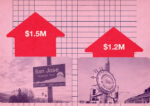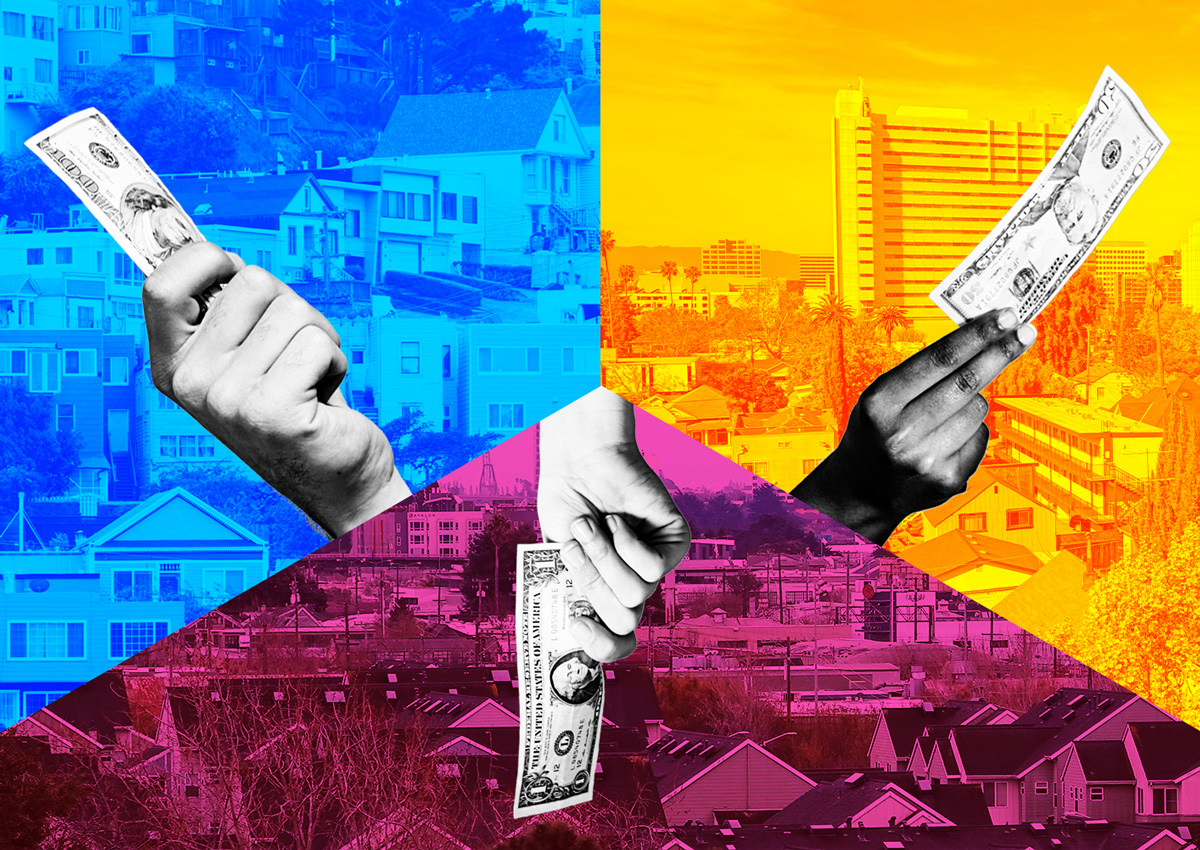The rising costs of homeownership across the Bay Area has impacted the financial equation for whether to rent or buy a home — with most homeowners now breaking even after 30 years.
A 2024 analysis showed that San Francisco had a 20-year break-even point for homeownership, while San Jose, Fremont, and Oakland had shorter timeframes, the San Francisco Chronicle reported, citing a rent-versus-buy calculator using NerdWallet.
But updated calculations for this year reveal that for all these cities, the break-even point now exceeds 30 years — the maximum tracked by the calculator. Essentially, homeownership only becomes more cost-effective after paying off a 30-year mortgage.
This shift aligns with previous analyses indicating the Bay Area has one of the nation’s highest price-to-rent ratios.
Surprisingly, mortgage rates remain nearly unchanged from last year, and home values haven’t seen drastic changes — though Oakland had a 4.7 percent drop. Rent prices have also remained stable in Oakland and Fremont, while increasing in San Francisco and San Jose.
NerdWallet attributes this change to adjustments in its calculator, which now better reflects today’s evolving market. While rental costs remained relatively static, numerous homeownership-related costs were revised upward, collectively making buying significantly more expensive.
The key factors driving the shift:
1) Home value and rent growth: Home appreciation rates were adjusted to 4.5 percent, with Bay Area values historically rising closer to 5 percent, according to the Chronicle. The California Association of Realtors predicts a 4.6 percent statewide price increase this year. Meanwhile, rental growth varies — San Francisco had a 5 percent increase, attributed to population growth and return-to-office trends.
2) Inflation and maintenance costs: Inflation assumptions increased from 2 percent to 3 percent, reflecting recent trends. Additionally, maintenance cost estimates tripled to 1.5 percent of a home’s value per year, factoring in rising building material costs due to tariffs, according to the newspaper.
3) Home insurance: California’s insurance crisis is pushing premiums higher. While calculators estimate insurance as a percentage of home value, real premiums are based on coverage and rebuilding costs, leading to significant regional disparities.
Read more



